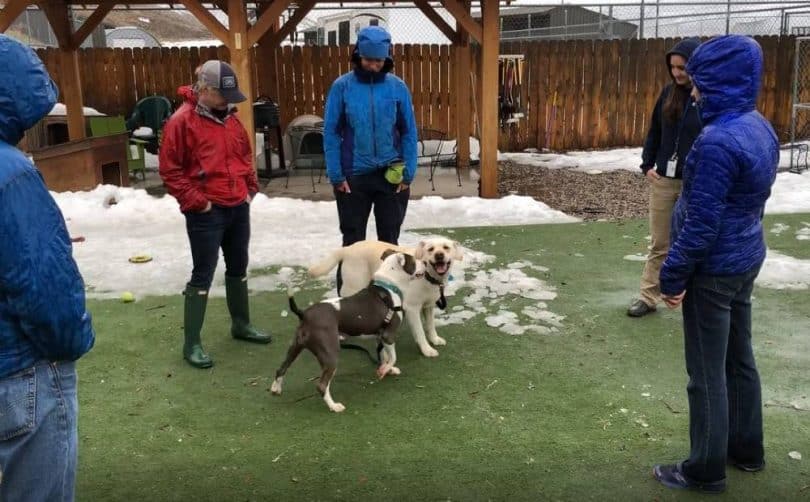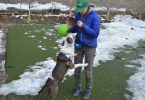The Basics Of Training An Excited Dog
Some animals can become over-stimulated very easily, especially while walking on a leash or meeting another animal for the first time.
Check out willow as she experiences a bit of over-stimulation.
This could of course cause issues for someone who is thinking about welcoming a new dog into their home. Over-stimulation can bother other animals and it can be quite frustrating to walk a pet that barks, growls, or pulls every time they happen to cross paths with another dog.
Some may see this as aggressive behavior and it can be rather off-putting, especially for those who happen to already have a dog at home. Not all animals will tolerate this behavior. In some situations, it can even lead to a fight which is the last thing that any pet owner wants.
Many people would be shocked to learn that this behavior isn’t always a sign of aggression. More often than not, it’s simply a sign of interest, excitement, and an urge to make a new friend.
Watch Willow as her excitement and curiosity gets the best of her.
Dog Training Tips For Over-Stimulation
Over-stimulation and leash reactivity may seem like impossible hurdles to clear, but with the right techniques, you can leave these issues in the past.
One of the most important things a handler needs to do is keep the focus of their dog. The more attention we obtain from an animal, the less likely it becomes that their focus will shift somewhere else.
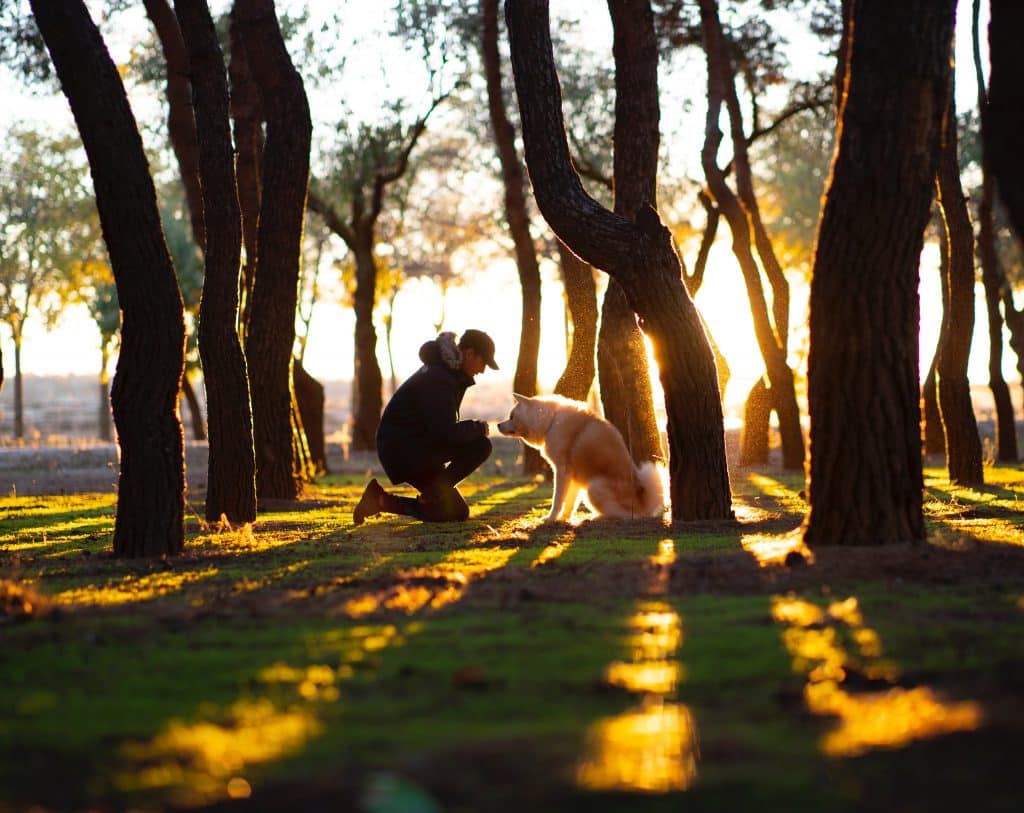
Keeping their attention may not always be easy. Here you can see Willow’s behavior improving, but it’s still not where the handlers would like it to be.
Dog Training Focus Exercises
Keeping a dog’s focus can be done in many different ways. However, the most common and likely most effective method is to use a combination of verbal and hand signal cues.
Find a word that your dog responds well to. For example, you may call their name, make loud noises, or even use the word “no”. The choice of word is not important. What matters is how well it grabs a dog’s attention.
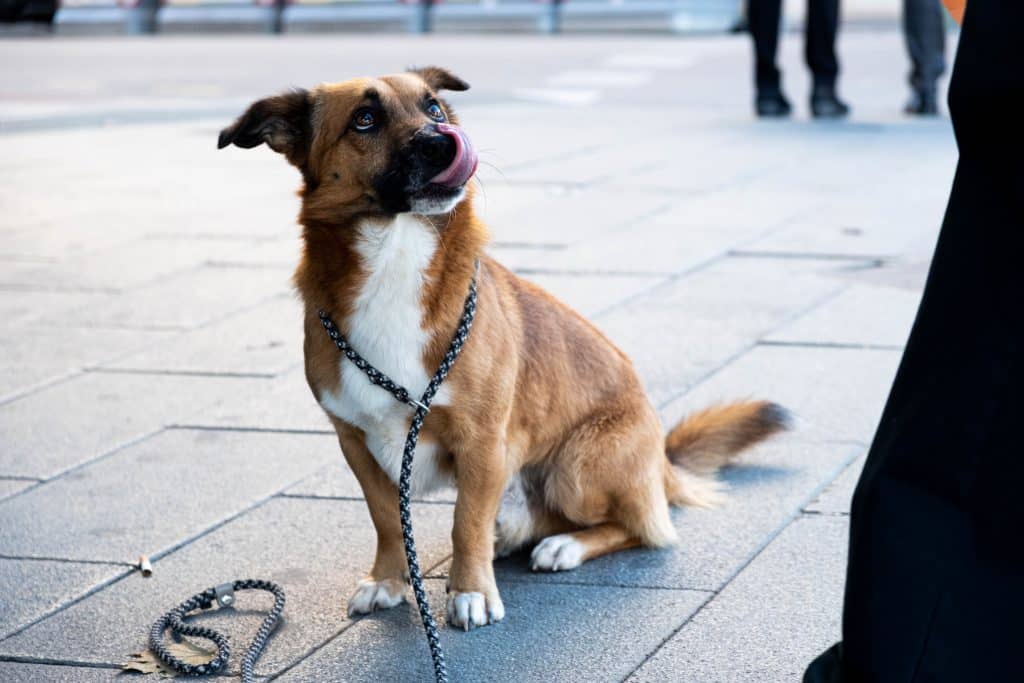
Some animals respond well with verbal cues while others may not. If you find yourself in a position where verbal cues aren’t working, it’s time to switch over to hand signals.
A simple wave in front of their face should do the job. Make sure that you move your hand right in front of their eyes and then bring your hand in an upward motion towards your face. This will help establish eye contact between you and your dog which is crucial when it comes to maintaining their attention.
Here’s a quick tip. If your dog doesn’t seem to respond well with hand signals, try doing it a few times with a treat in your hand. It won’t take long before the dog associates your hand with a goodie. Before long you won’t even need to use the treat while signaling.
Sometimes you may need to draw back a step, meaning you may need to take a step back and practice an easier training method to regain the dog’s focus and show them what you want them to do.
Here is an example.
Practice Is Important With Dog Training Techniques
It’s all about practice with these types of training techniques. You may not see immediate results, but with a little bit of patience, it becomes second nature for the animal.
Watch as Willow begins to make progress with this technique.
As you can see, Willow is already doing much better. However, there is still room for improvement. Now let’s watch her master it!
Once you have regained your dog’s focus, it’s time to begin walking both dogs at once again as seen here.
How Long Does It Take To Train A Dog?
Nearly any behavior can be corrected with a little bit of time, patience, and effort. However, some owners have busy schedules and have a hard time finding extra time in a day to train, especially those who already make time for daily walks or other forms of exercise.
Believe it or not, correcting this behavior won’t require you to set aside an extra hour for training time. You just have to be creative with your approach.
One suggestion would be to combine training time with exercise/walk time. Learning something new can be tiring for a dog and this is actually a good thing when it comes to animals that are easily over-stimulated. The less energy they have, the less likely it becomes that they will feed into their impulse to react in a negative way when crossing paths with another animal.
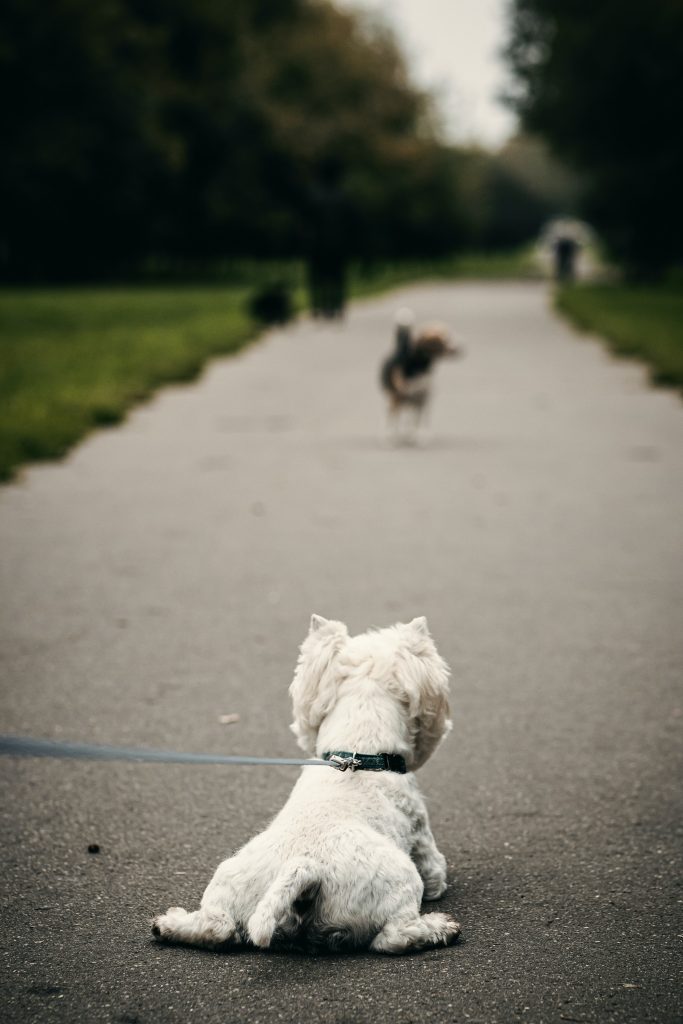
Since training your dog to be less leash reactive requires the owner to walk them, it’s the perfect opportunity to combine training time with exercise time which will save you a lot of time in the long run.
This clip further explains how you can save time while getting rid of your dog’s excess energy and correcting their behavior all at the same time.
How To Socialize A Dog That Gets Over-Stimulated
So, we’ve gone over some simple ways to maintain your dog’s focus while out on a walk. Now it’s time to move on to some helpful techniques that can be used to deal with over-stimulation while around other dogs off of the leash.
It’s important to give both dogs a chance to settle. They will likely be excited to meet a new friend and this is completely natural. It’s actually necessary to let them figure out each other’s boundaries. However, if you see that one dog is getting tired of all of the attention, it’s time to step in and separate them for a moment.
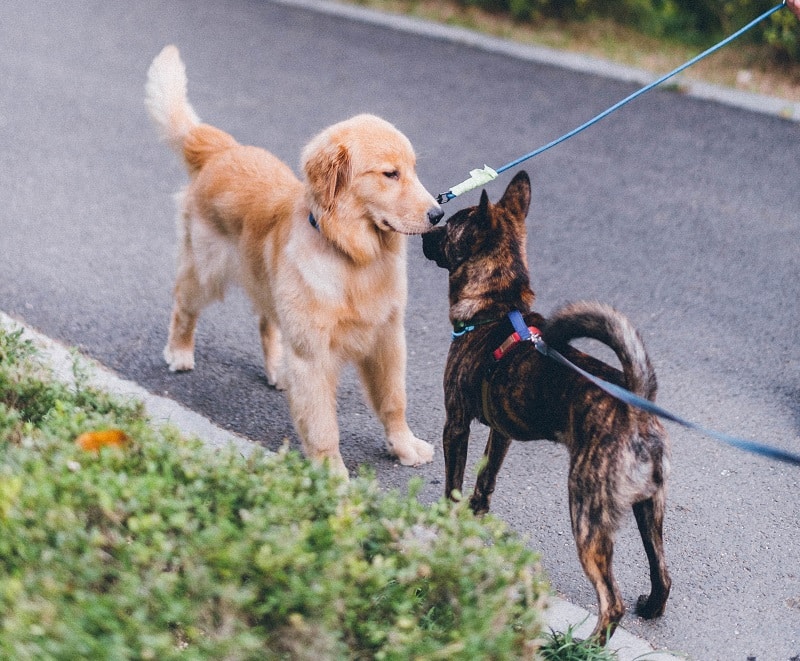
Sings to watch out for:
• Turning Toward The Other Dog
• A Stiffened Body
• Abrupt Changes In Body Language
• Standing Hair
• Growling
Let them be apart from one another for at least a few minutes and then reintroduce them. If the over-stimulated behavior continues it would be a good idea to use a form of redirection.
A simple redirection technique that anyone can use is calling the dog out of play. This is different than separating because both dogs will still be in the area, but one will be focused on you instead of the other dog. You can even try grabbing the attention of both dogs at once. Offering a treat is a great way to do this.
Please keep in mind, it’s a good idea to keep harnesses as well as leashes on dogs that are meeting each other for the first time, especially when one can become over-stimulated. Separation and redirection are great techniques, but there may come a point where you will need to physically lead one of the dogs somewhere else while correcting their behavior.
Here’s a video that will give you a perfect example of these techniques being used.
Sadly, many animals will never find a real home because a lot of people see over-stimulation as a serious problem. It can definitely have its downsides, but it is something that can easily be corrected with most animals. Any dog can easily become a part of a person’s family if they are willing to work with them and correct their behaviors.

